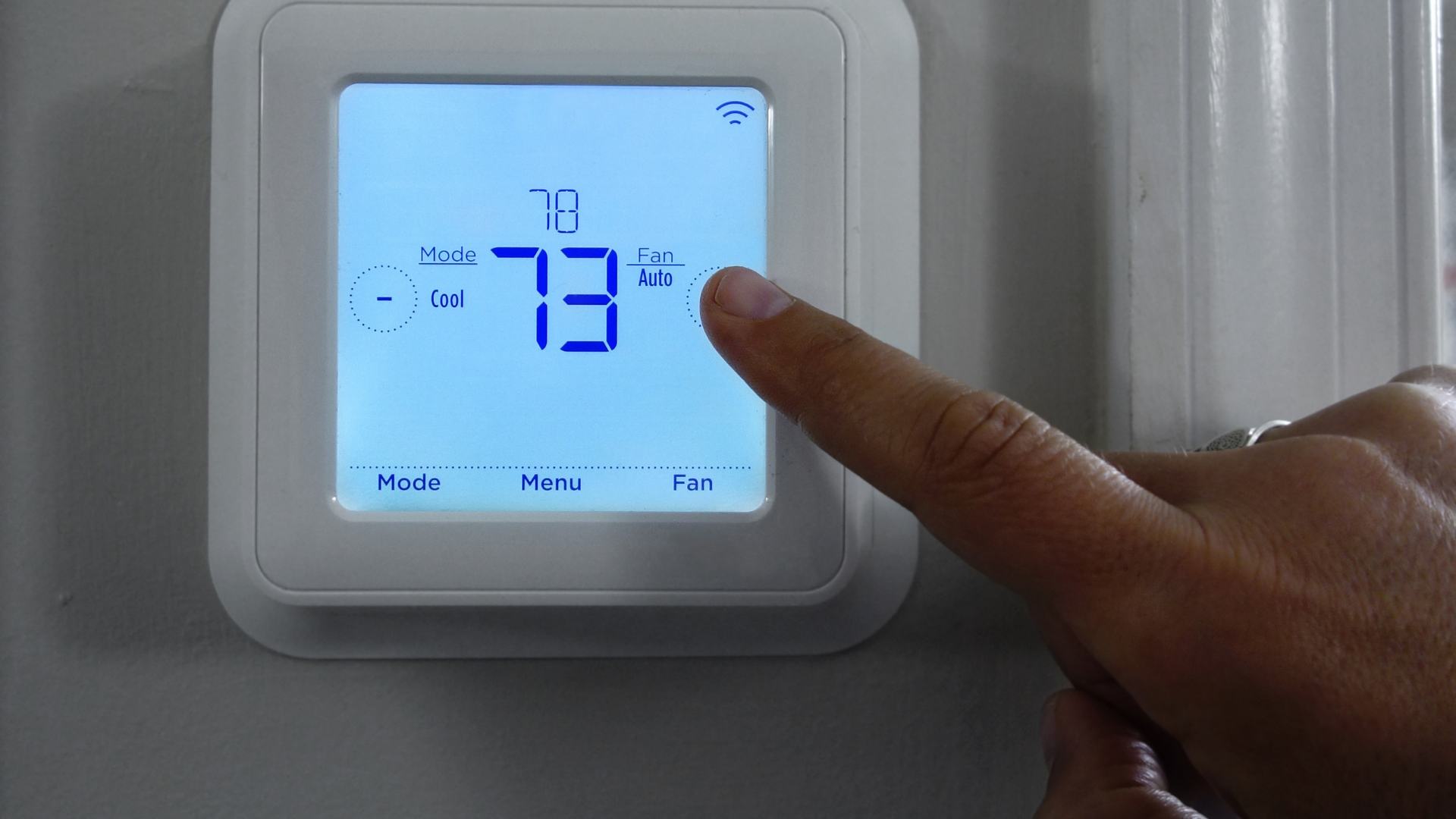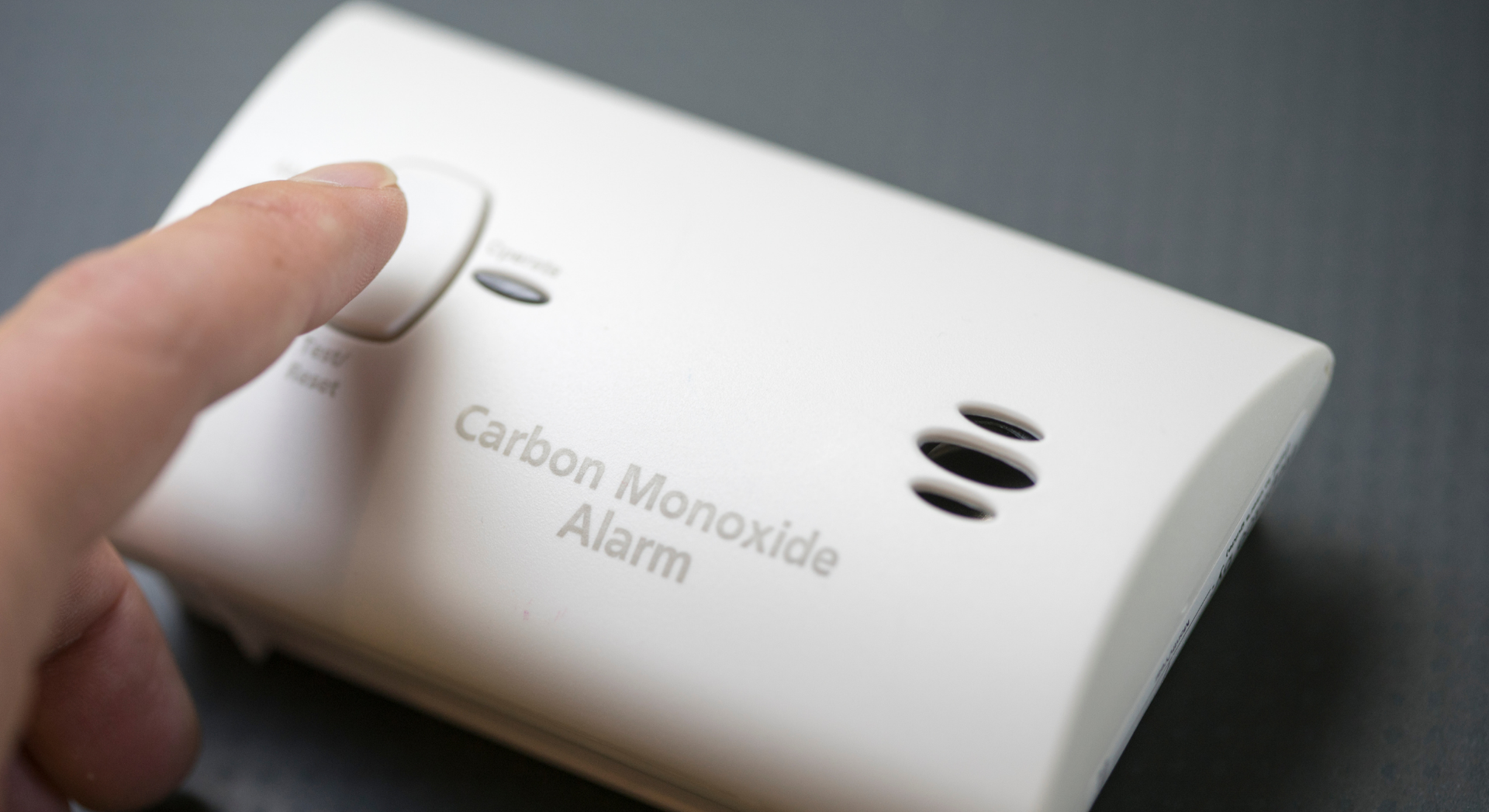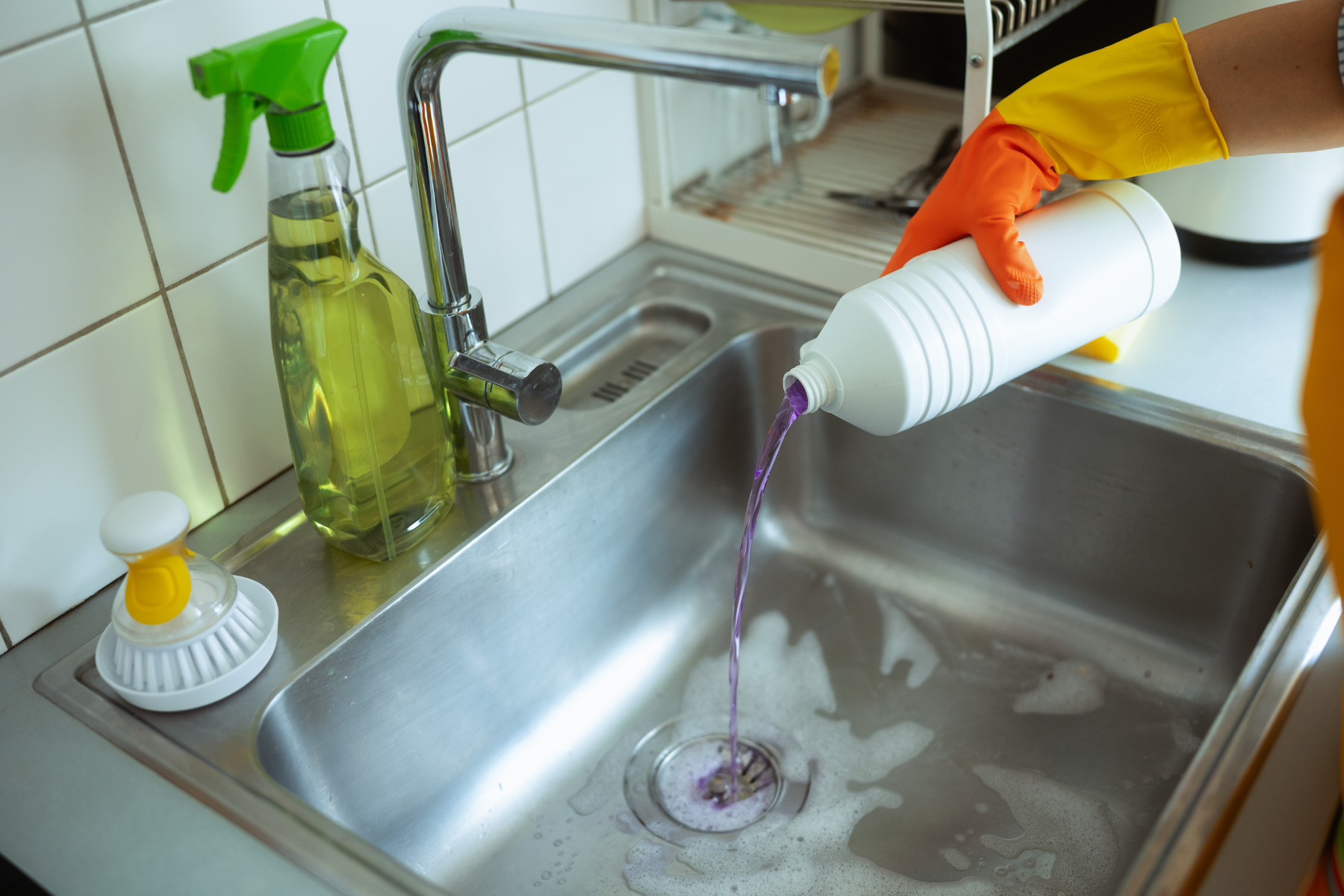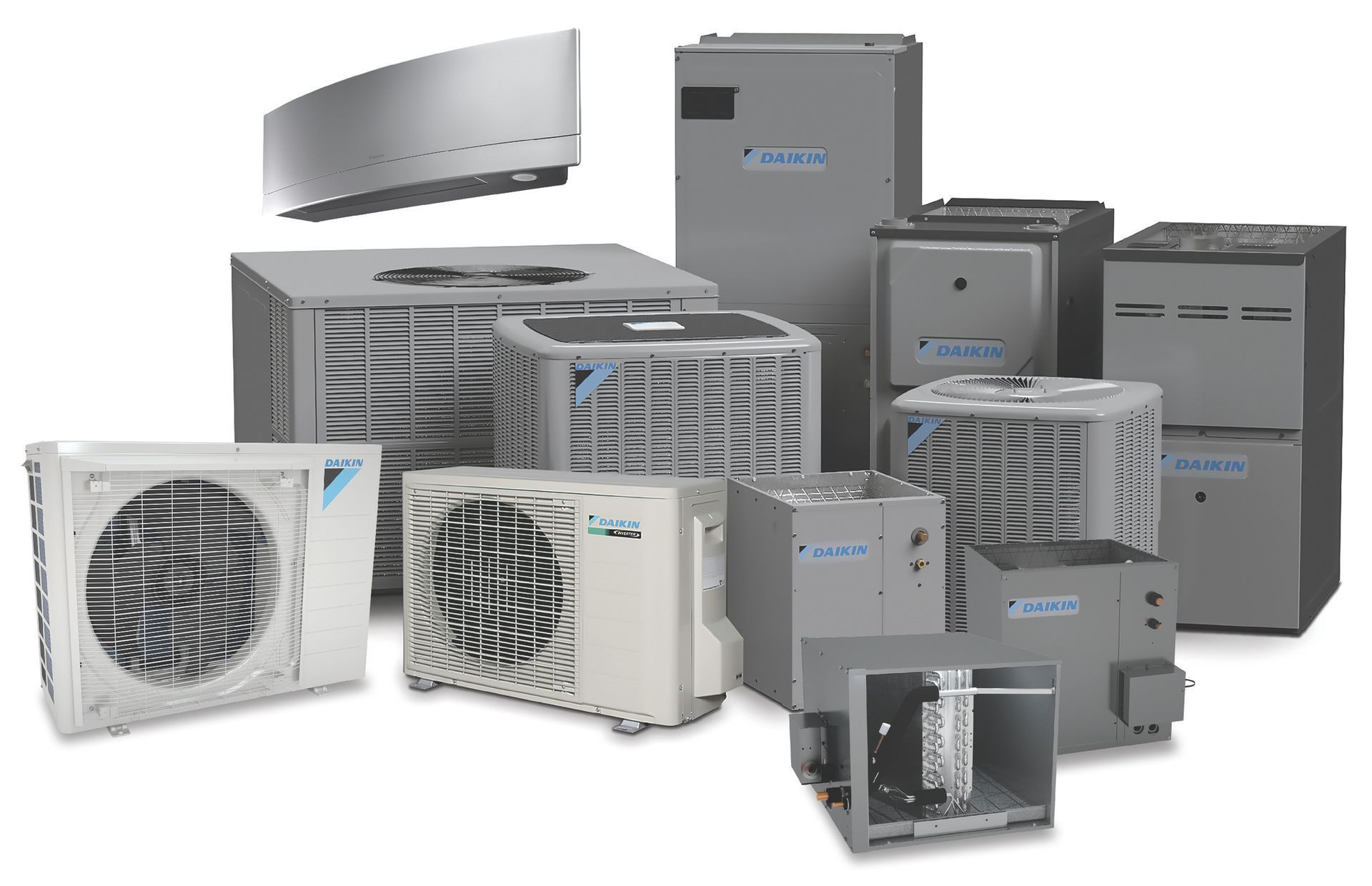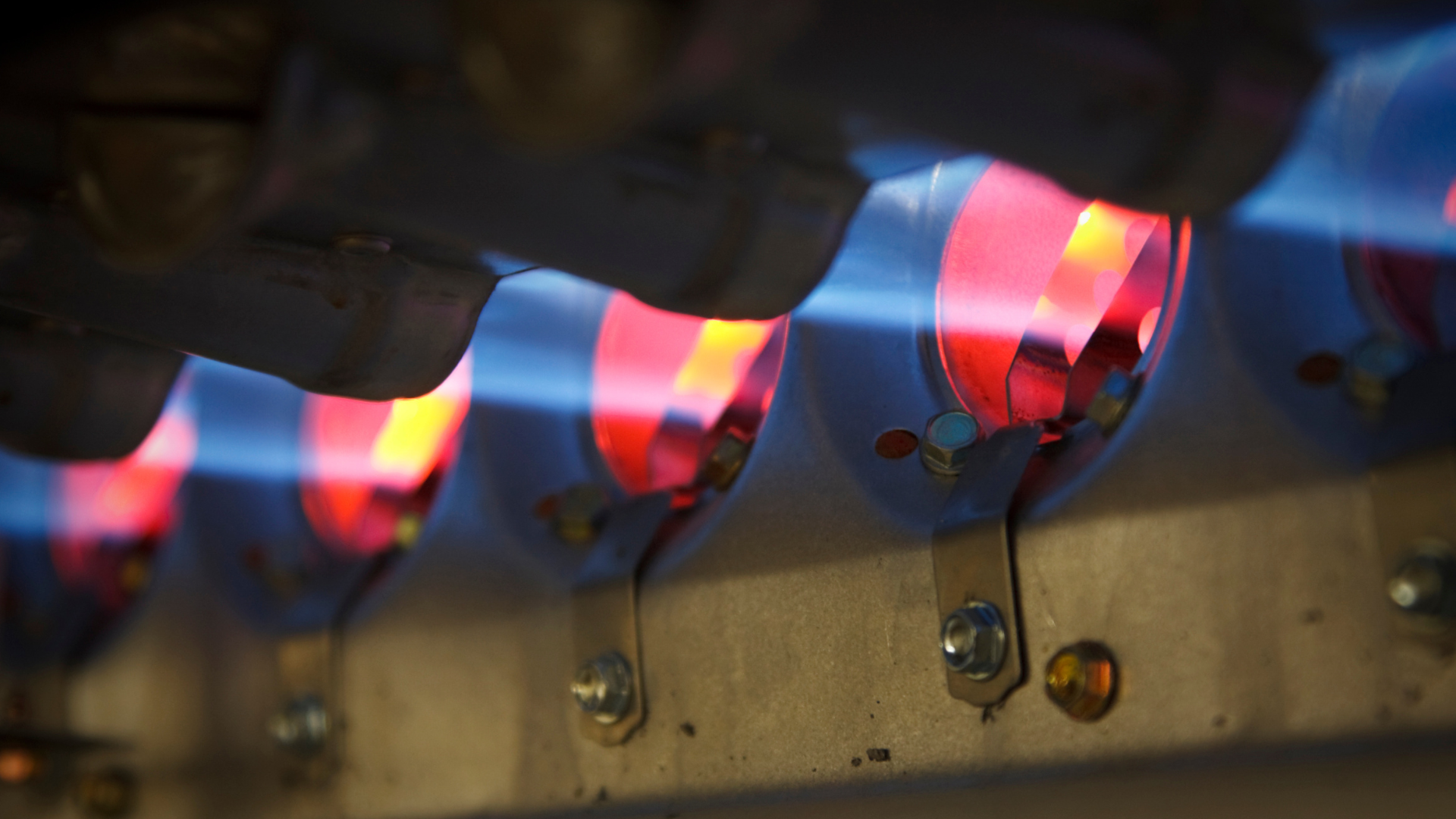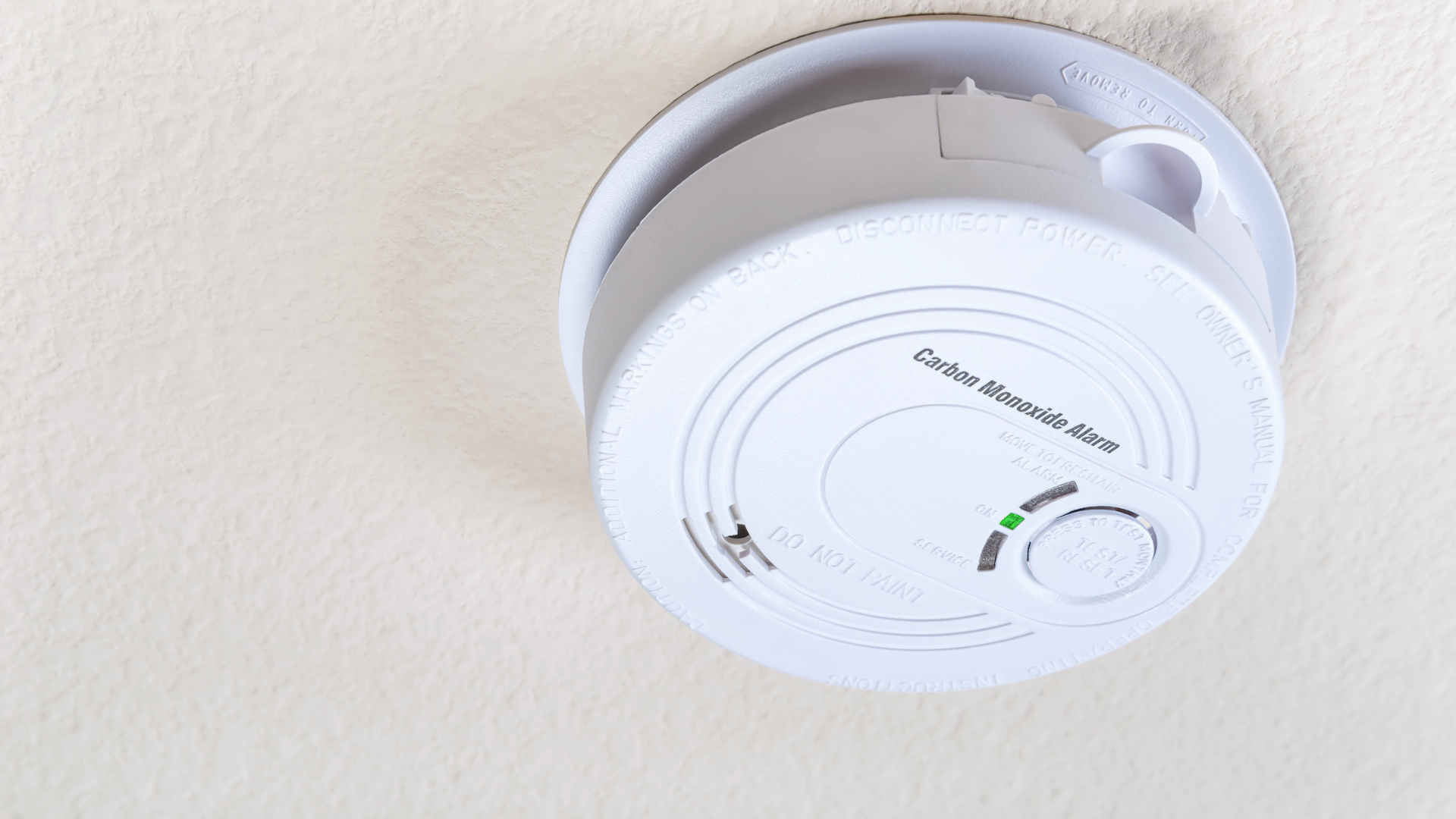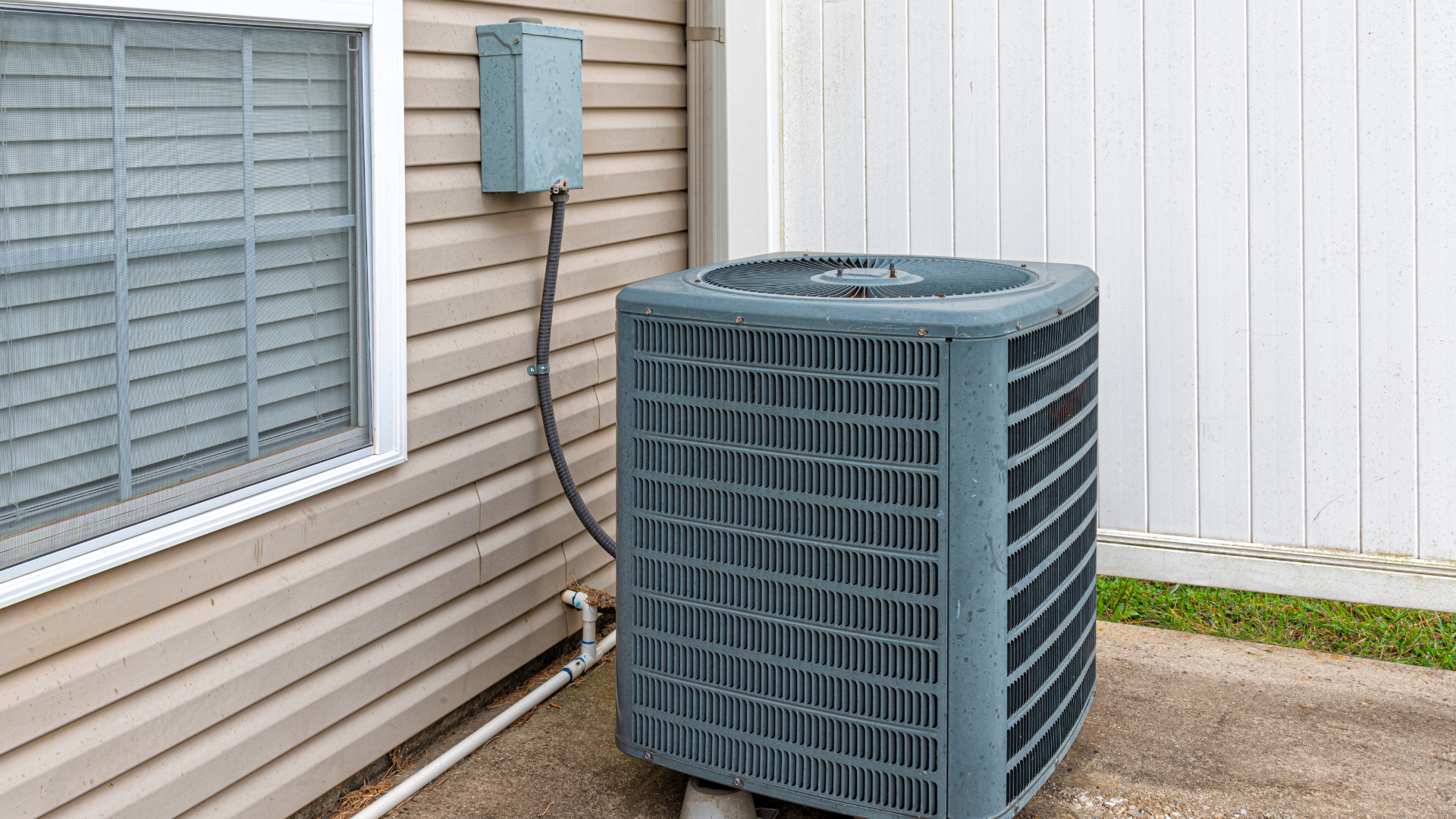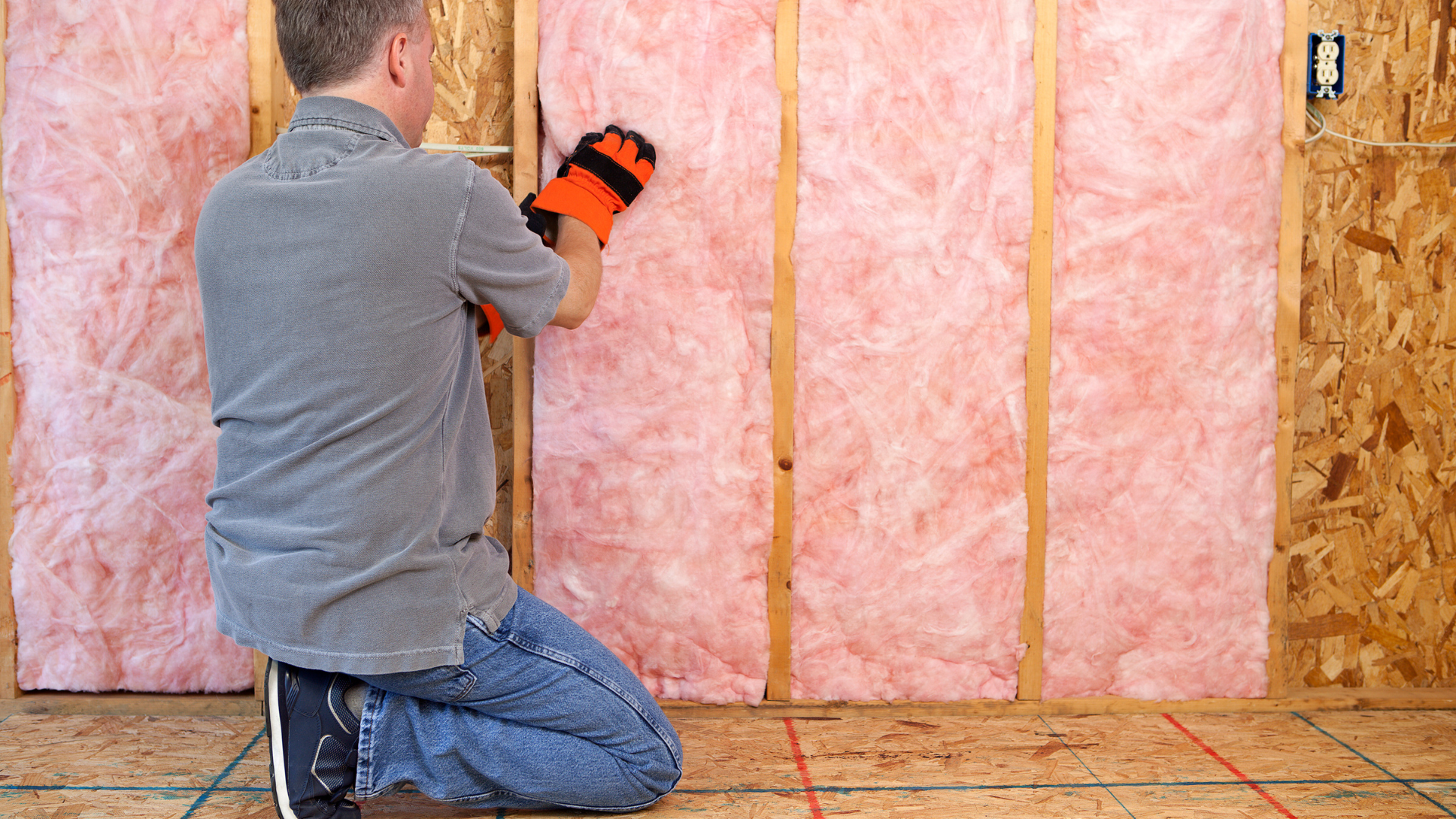Low-Flow Showerheads: Conserve Water and Save Money
Low-Flow Showerheads: Conserve Water and Save Money
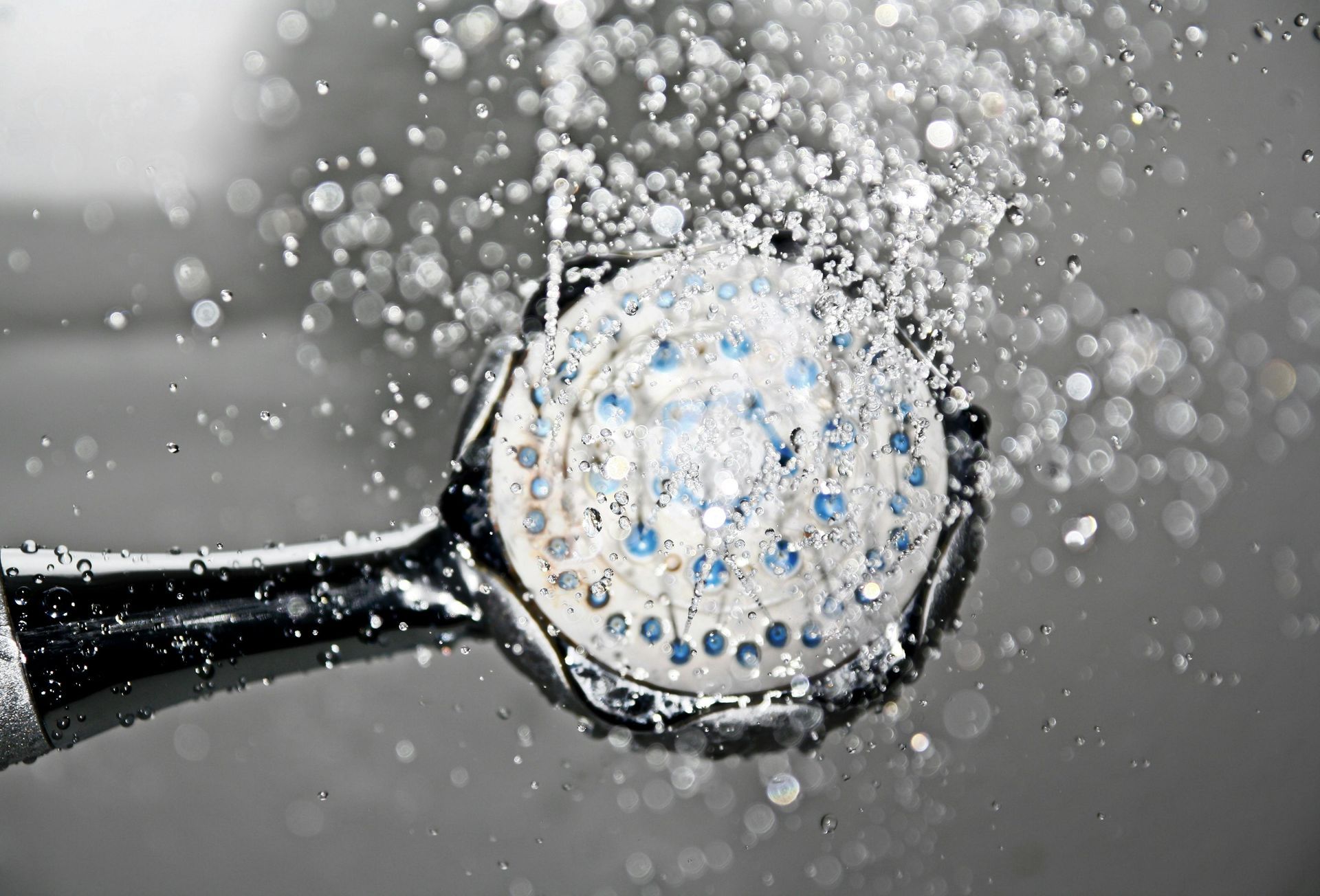
In an era where sustainability and efficiency are paramount, low-flow showerheads have emerged as a popular choice for homeowners looking to reduce their environmental footprint and save on utility bills. But what exactly are they, and are they the right fit for your home? This guide will break down the advantages, disadvantages, costs, and offer tips for choosing and installing a low-flow showerhead.
What is a Low-Flow Showerhead?
Traditional showerheads typically release water at a rate of 2.5 gallons per minute (GPM) or more. Low-flow showerheads, by definition, use less water, often between 1.5 and 2.0 GPM, without compromising water pressure. They achieve this through various technologies, including aerators that mix air with water, and restrictors that control the flow rate.
Advantages of Low-Flow Showerheads
- Significant Water Savings: This is the most obvious benefit. By using less water per minute, you can drastically reduce your household's water consumption. This is especially impactful in areas prone to drought or with high water rates.
- Lower Energy Bills: Heating water accounts for a substantial portion of a home's energy consumption. Less hot water used means less energy needed to heat it, leading to noticeable savings on your electricity or gas bill.
- Environmental Benefits: Conserving water lessens the strain on local water supplies and reduces the energy needed for water treatment and distribution, contributing to a more sustainable lifestyle.
- Potential for Extended Hot Water Supply: With a low-flow showerhead, your hot water heater's supply will last longer, which is a definite plus for larger families or during peak usage times.
- Eligibility for Rebates: Many local water utilities and government programs offer rebates or incentives for installing water-efficient fixtures like low-flow showerheads. Check with your local providers to see if you qualify.
Disadvantages of Low-Flow Showerheads
- Perceived Lower Water Pressure: While modern low-flow showerheads are designed to mitigate this, some users may initially perceive a weaker spray compared to older, high-flow models. However, technological advancements have largely addressed this concern, with many models offering invigorating sprays.
- Longer Rinse Times (for some): Depending on the spray pattern and individual preference, some users might find it takes a little longer to rinse shampoo or soap from their hair.
- Initial Cost: While generally affordable, low-flow showerheads do have an upfront cost. However, the long-term savings typically outweigh this initial investment.
Cost of Low-Flow Showerheads
The cost of low-flow showerheads can vary widely based on brand, features, material, and design.
- Basic Models: You can find functional and effective basic low-flow showerheads for as little as $15 to $30.
- Mid-Range Models: High-End Models: These typically offer more features like multiple spray settings, better aesthetics, and more durable materials, ranging from $30 to $70.
- Premium low-flow showerheads, often with advanced features like thermostatic controls, unique designs, or specialized spray technologies, can cost anywhere from $70 to $200 or more.
Remember to factor in potential installation costs if you're not planning to do it yourself, though it's often a DIY-friendly project.
Tips for Choosing a Low-Flow Showerhead
- Check the GPM (Gallons Per Minute): Look for models with a GPM rating between 1.5 and 2.0. A lower GPM means more water savings.
- Consider Spray Patterns and Settings: Many low-flow showerheads offer various spray patterns, from a strong, pulsating massage to a gentle, wide spray. Choose one that suits your preferences.
- Read Reviews: Online reviews from other users can provide valuable insights into a showerhead's performance, water pressure, and overall satisfaction.
- Material and Finish: Showerheads come in various materials and finishes (e.g., chrome, brushed nickel, bronze). Choose one that complements your bathroom decor and is durable.
- Look for WaterSense® Label: The EPA's WaterSense label indicates that a product meets specific criteria for water efficiency and performance.
- Fixed vs. Handheld: Decide whether you prefer a fixed showerhead or a handheld model for added flexibility and ease of cleaning.
Installing a Low-Flow Showerhead
Installing a low-flow showerhead is a relatively straightforward DIY project that most homeowners can tackle in minutes. Here's a general guide:
- Gather Your Tools: You'll typically need an adjustable wrench, plumber's tape (Teflon tape), and a cloth to protect the finish.
- Remove the Old Showerhead:
- Turn off the water to your shower (if possible, though usually not strictly necessary for this task).
- Using your adjustable wrench (and the cloth to prevent scratching), loosen the nut connecting the old showerhead to the shower arm.
- Turn counter-clockwise to unscrew and remove the old showerhead.
- Clean any old plumber's tape or debris from the threads of the shower arm.
- Apply Plumber's Tape:
- Wrap plumber's tape clockwise around the threads of the shower arm. This helps create a watertight seal and prevents leaks. Wrap it 3-5 times.
- Install the New Showerhead:
- Carefully screw the new low-flow showerhead onto the shower arm threads. Turn clockwise by hand until it's snug.
- Use your adjustable wrench (with the cloth) to tighten it an additional quarter to half turn. Be careful not to overtighten, as this can damage the threads.
- Test for Leaks:
- Turn on the water to your shower and check for any leaks around the connection point. If you see leaks, tighten slightly more or reapply plumber's tape.
Important Note: If you encounter any difficulties or are unsure about the process, it's always best to consult with a professional plumber.
Conclusion
Low-flow showerheads offer a compelling combination of environmental responsibility and financial savings. By understanding their advantages, disadvantages, and making an informed choice, you can easily upgrade your bathroom to a more efficient and eco-friendly space, all while enjoying a refreshing shower experience.
Click Another Article to Read More


